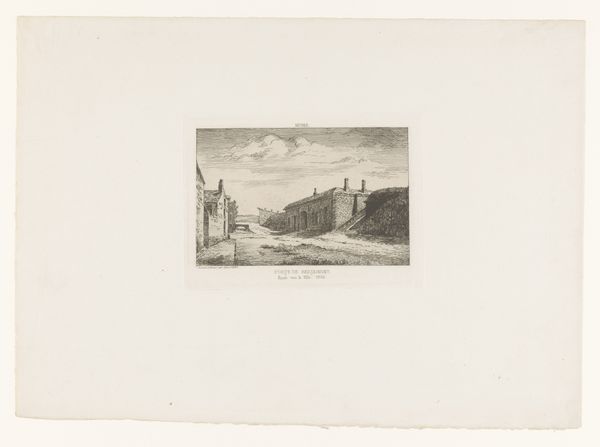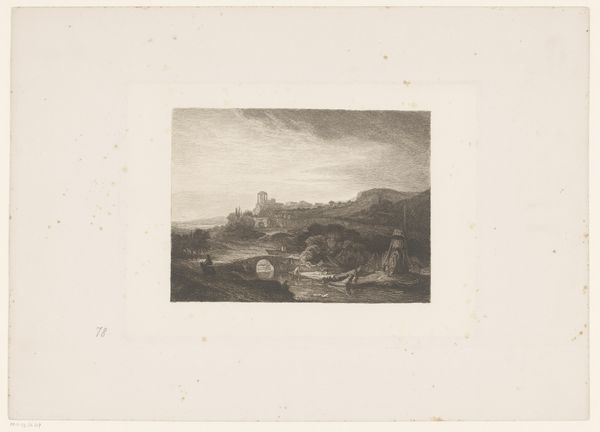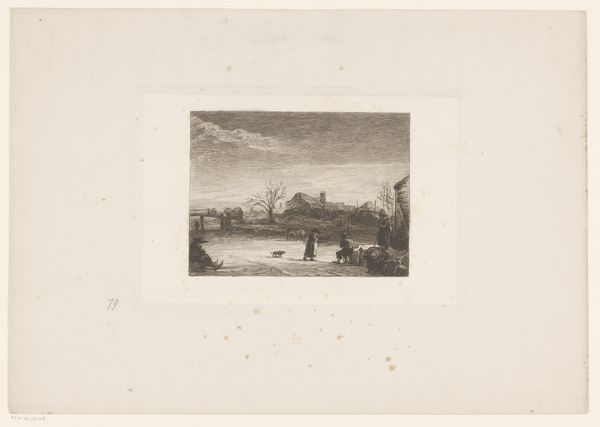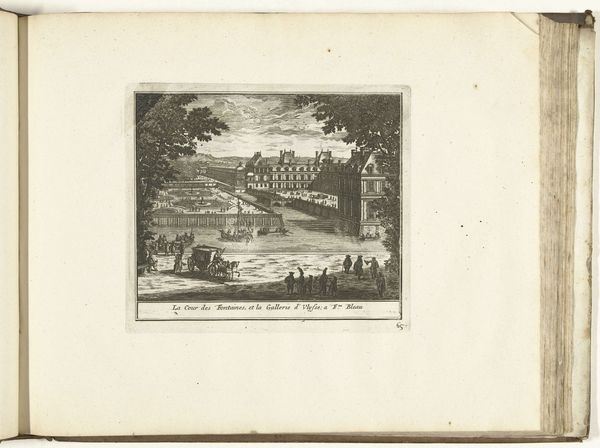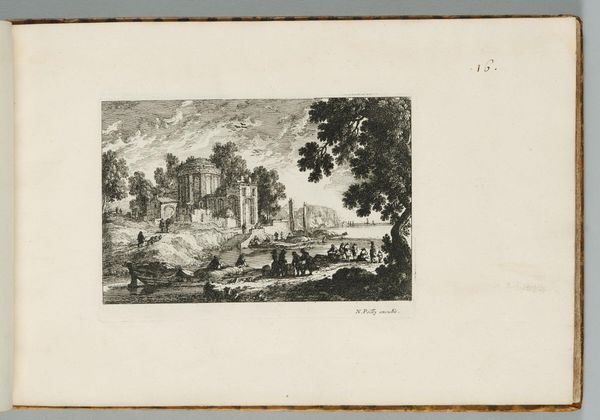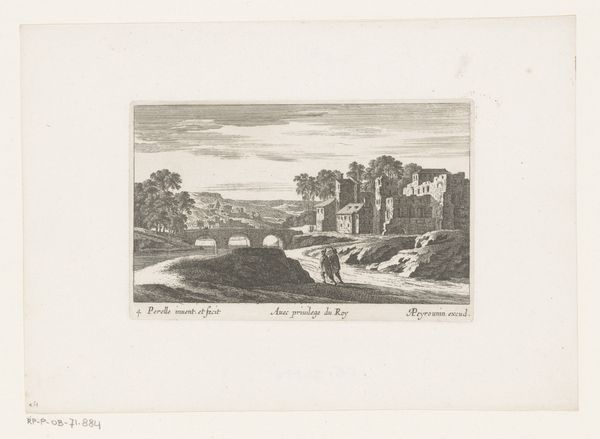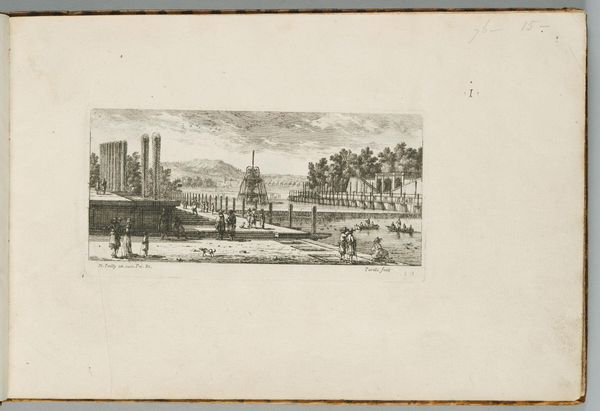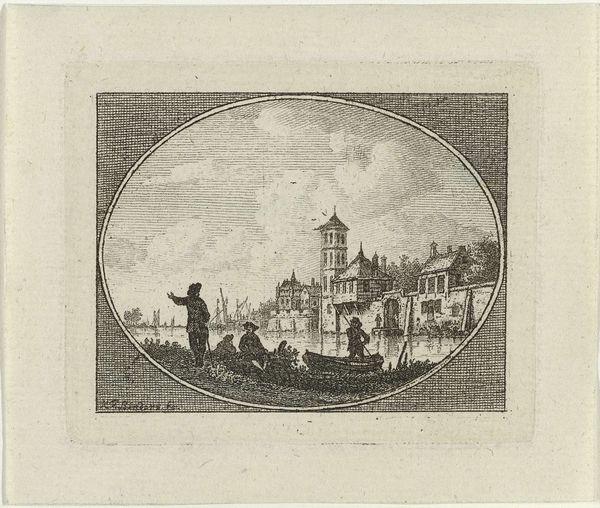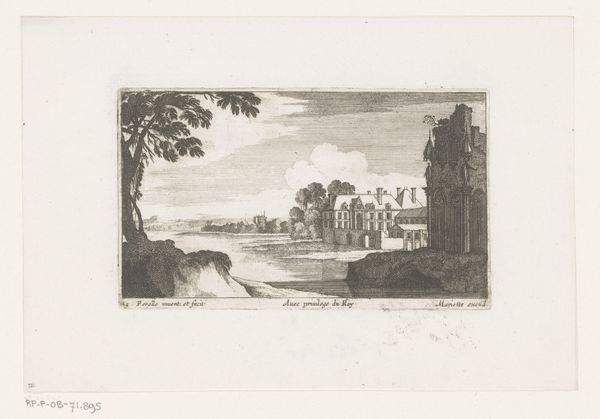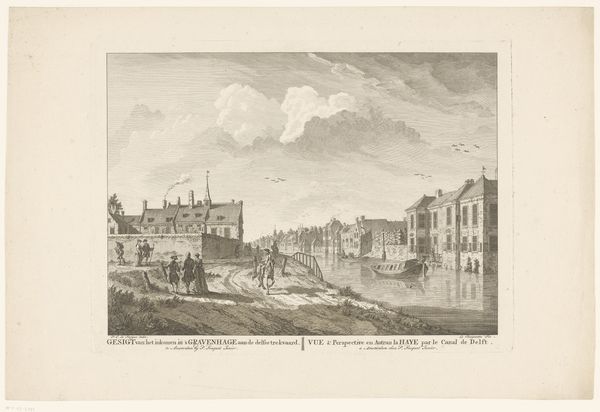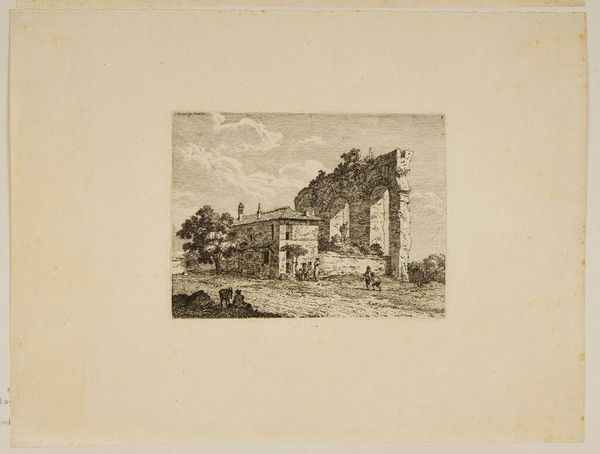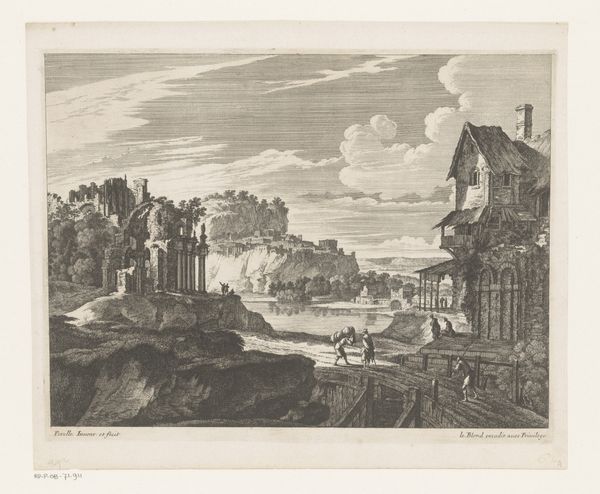
Aanval bij Ouderkerk aan de Amstel op de afgebroken brug, 1787 1789 - 1794
0:00
0:00
print, engraving
#
neoclacissism
# print
#
landscape
#
history-painting
#
engraving
Dimensions: height 182 mm, width 232 mm
Copyright: Rijks Museum: Open Domain
Editor: Here we have an engraving titled "Aanval bij Ouderkerk aan de Amstel op de afgebroken brug, 1787," made between 1789 and 1794. It depicts a skirmish in a waterside landscape, rendered with incredible detail. I'm curious about its historical significance. How do you interpret this work, considering its place in Dutch history? Curator: Well, this print offers a fascinating glimpse into the Patriot Revolution in the Netherlands, a time of significant political upheaval. It's important to remember that imagery, especially prints like this, played a vital role in shaping public opinion during that era. This scene depicts a specific military engagement; how do you think its presentation may have been used to influence viewers? Editor: I see what you mean. The relatively small scale and detailed engraving almost seem to glorify the event, like a heroic history painting in miniature. Do you think this print aimed to legitimize one side of the conflict over the other? Curator: Precisely. Prints like this weren't neutral depictions. They were often commissioned by specific political factions to visually narrate and validate their perspective on events. The strategic choice of the scene, the arrangement of figures, and even the level of detail would all contribute to constructing a particular narrative. Consider where something like this would have been displayed and who may have had access to view it. Editor: So it’s not just about recording history but also shaping it? That makes you wonder about the untold sides of this attack. Curator: Exactly. The image becomes a powerful piece of political communication, reinforcing or challenging existing power structures. Recognizing the role of such visual culture gives us key insights into how the history and memory were produced and disseminated. Editor: Thanks, I will think about how access shapes interpretation. This was extremely insightful. Curator: Indeed! The print culture of the time provides a rich vein for exploring the messy relationship between power, visuality, and public memory.
Comments
No comments
Be the first to comment and join the conversation on the ultimate creative platform.
